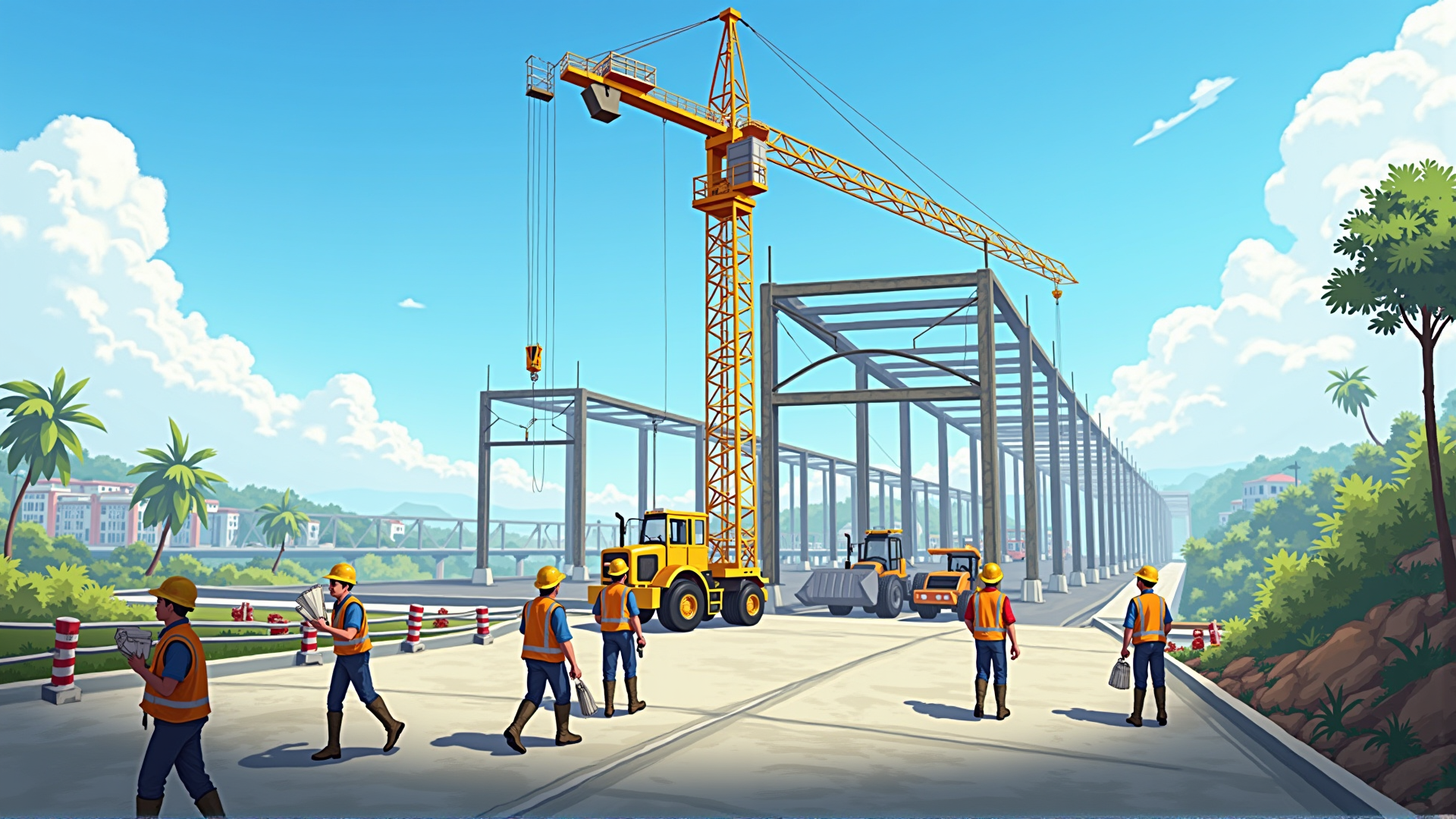Collaborating with local governments to enhance infrastructure is a critical endeavor that ensures communities thrive with safe and efficient transportation networks. Such partnerships focus on addressing the immediate and long-term needs of urban and rural areas alike, promoting both mobility and safety for all residents.
Local governments play a pivotal role in identifying the specific needs of their communities. They bring invaluable insights into what infrastructure projects should prioritize, from repairing aging roads and bridges to introducing new public transit options that reduce congestion and environmental impact. By working together, these authorities can ensure that the unique challenges and opportunities of each area are adequately addressed.
Building and improving infrastructure require more than just financial resources; it demands careful planning and sustainable practices. Engineers and planners must consider factors like geographical challenges, population growth, and technological advancements. For instance, smart traffic systems and digital infrastructure can be integrated to enhance efficiency. These modern solutions play a crucial role in reducing travel times and improving safety for both commuters and pedestrians.
Safety is paramount in infrastructure projects, and it encompasses aspects ranging from the structural integrity of roads and bridges to the security of public transit systems. Collaborations often lead to rigorous safety standards and regular maintenance protocols, ensuring that all components of the transportation network remain in optimal condition.
By prioritizing the enhancement of transportation systems, local governments can also promote inclusivity. Improved infrastructure enables better access to education, healthcare, and employment opportunities, especially for underserved communities. Effective transportation networks connect people to the services and opportunities they need, fostering social equity and community well-being.
Furthermore, environmental considerations are crucial. Sustainable practices, such as the use of eco-friendly materials and the development of green public transit options, help minimize the ecological footprint of infrastructure projects. These initiatives not only protect natural ecosystems but also contribute to healthier urban environments.
In conclusion, the collaboration between local governments and other stakeholders in enhancing infrastructure is essential for developing transportation networks that are safe, efficient, and forward-looking. Through careful planning and implementation, these projects can significantly improve the quality of life for communities, ensuring connectivity, safety, and sustainability for future generations.
